 By Madronna Holden (copyright 2014)
By Madronna Holden (copyright 2014)
Sleep is essential not only to memory and formation of new neural connections, but also to our brain’s physiological maintenance. Thus sleep researchers explain why we evolved this physically dangerous activity—picture humans asleep on our ancestral African savannah with nocturnal predators on the prowl.
The dreams that lace our sleep, in turn, are as crucial to our mental function as our daylight rationality. In laboratory experiments those deprived of REM (rapid eye movement or dreaming) sleep grow increasingly disoriented in their waking lives, finally hallucinating visions they are deprived of in sleep. REM is apparently our most crucial type of sleep, since it the type our bodies make up first after sleep deprivation.
Perhaps we most need dreams to remind us of the connections by which our world operates. Theologian Matthew Fox and biologist Rupert Sheldrake propose that in sleep we fall back into the experience of the primal oneness of life, bridging the boundaries that separate us from one another in the light of day. There is something to be said for this, since our dreams are associative in nature, exploring connections of every kind, from the fantastic and the visionary to the mundane and spurious.
These nighttime associations alert us to what we might otherwise ignore — as in Gail Tremblay’s poem in Indian Singing in the Twentieth Century, in which the Coyote comes down from museum walls at night to dance with his curators. Like Coyote’s night business, ancient ceremonies honor the earth’s season of sleep in the long nights of winter by increasing awareness of what we may ignore in the light of habit. The early Roman Saturnalia that took place at the time of the winter solstice (the longest night of the year) shifted the ordinary order of things, closing courts and schools, interrupting wars, dismissing old grudges—and reversing social statuses of master and slave.
Unfortunately, under the later Roman Empire, the Saturnalia degenerated into a licentious spree. Likewise, Coyote stories illustrate both the need for creative action and the need for balance in applying it. Coyote tales in indigenous North American sometimes portray Coyote as a wise transformer and other times as foolishly self-defeating, his escapades destroying himself and those around him.
Thus Coyote tales explore the impulse of experimentation within us– but not everything we think of should be done. In like fashion, indigenous tales from pioneer days on the Olympic Peninsula warn that certain pioneer technologies had their downsides—making humans work harder when they were meant to make things easier.
Doing whatever he thinks of is Coyote’s method, but as his stories show, this is not a wise course of action. Without moral standards and critical assessment, our creative impulses generate unintended consequences—as do too many forms of technology in the modern day.
Our dreams with their associative structures are here to remind us what we might otherwise forget—that we live in an interdependent world. They create awareness as do the salmon-shaped stickers placed on storm drains that announce, “Drains to stream”. Our world is made up of connections—and thus the waste we dispose of goes somewhere to affect other lives.
Traditional winter ceremonies, in turn, make conscious associations like those our dreams make spontaneously. Ceremonies in the indigenous Pacific Northwest emphasize the connections between the living and dead, for instance, and designate the long nights of winter as the occasion of storytelling, bringing ancestral memory to consciousness.
This parallels the case in old Europe, where the archeology tells us Stonehenge is both a monument to the solstices (especially the winter solstice) and home to the ancestors– a five mile circuit there linking the living and the dead.
Vision and memory merge in winter ceremonies as they do in our dreams–and these are linked with healing in its root meaning of “wholeness”. This shamans know as they travel to the land of the ancestors to access healing power in long winter nights—and Merlin practiced in a folk history of Britain. building Stonehenge from stones with medicinal power.
Winter ceremonies thus honor the similarity between the physiological housekeeping that cleans our brains of waste chemicals in sleep and the winter housekeeping of earth, whose cleansing cold destroys particular viruses, bacteria, and molds— and thus inhibits the spread of certain diseases—a concern if global warming allows these to proliferate instead. Indeed, the most recent meetings of the American Society for the Advancement of Science included a paper given by Michael Grigg, 0f University of British Columbia and the National Institute of Health, who observed that “ice is a major eco-barrier for pathogens”–and thus the current “big thaw” is resulting in the “liberation of pathogens gaining access to vulnerable new hosts and wreaking havoc”.
Fleas and lice are destroyed by a month in a deep freeze—as are the larvae of the wax moth that trouble honeybee frames. Winter cold is necessary to other things as well: without a certain number of hours of winter chill, the apple tree will not bear—nor will other fruit trees that have their own winter chill requirements.
Beneath the snow the soil works transformations that support life, composting waste into fertility. Like the resulting black soil, our deep selves are rendered fertile in what they remake from our psychic wastes—our pain, our confusion, our illness, our weakness, our vulnerability.
Black soil is life-sustaining. Light soil, which has taken on few wastes to transform, is feeble by comparison.
Many of us in the industrialized world live at conscious remove from the earth’s seasonal cycles. But this winter’s storms have brought us back to that connection in no uncertain terms. For all our technological expertise, we are still embedded in the natural world—and we cannot escape responsibility for carbon pollution and ensuing climate instability.
The vanishing ice that the polar bear would rest on, the melting glaciers that cause sea levels to rise in island nations, and the melting permafrost that makes swamp of former solid ground in the Arctic, are a few of earth’s reminders of the necessity of honoring the balance of seasons.
Such reminders are a grave part of life in the Philippines and the Arctic—and thus their leaders are among the strongest advocates for reduction of the global carbon output.
Seasonal cold even has a role in keeping us warm. Raising temperatures– and thus melting polar ice sheets– may well cause North America and Northern Europe to suffer colder winters due to the influence of melting ice on ocean currents.
We cannot escape the necessity of seasonal balance any more than we can escape our daily patterns of sleep and waking. Just as the earth’s rhythms remind of the necessity of her seasons, our bodies alert us to our own cycles of light and dark. Should we neglect either of these, we suffer reminders such as the wild weather this winter in North America—and the upsurge of breast cancer among shift workers.
Like the transformation of wastes into fertile soil, the caterpillar wrapped in its cocoon reminds us that that which is sleeping is also being remade. Admittedly, it may be inconvenient to experience such melt—and the dissolution of all boundaries as the caterpillar must before it can realize its future as a butterfly.
But it is a wise society whose stories allow us to see beyond the boundaries habit and convenience describe. With their good work of exposing the results of our choices such stories release our creative vision as they allow us to remember our past and avoid its mistakes.
We could use a few such stories to shift the habitual order of things, giving us an occasion to loosen old grudges, stop wars—or reverse the roles of factory workers and CEOs.
We could use ceremonies that bring to awareness those ideas—or people—our society excludes, like the homeless who filled “warming centers” during this past December’s unprecedented cold (ten below zero) in my home of Eugene, Oregon. Those tending these shelters re-gather into community men and women more easily ignored in fair weather when they are not so likely to die on our streets, as did the man for whom Eugene’s shelters are named, Thomas Egan.
We cannot escape the fact that these homeless are members—and results– of our society any more than we can escape the seasons.
As the earth’s ancient ceremonies indicate, the long nights of winter are put to good use in psychological and social cleansing cold.
Winter is a perfect time to remember we are creatures of vision as well as daily habit– to re-gather our memories, extend our community, and dream our future well.
Filed under: Folklore and Oral Tradition, Our Earth and Ourselves | Tagged: climate change, Coyote stories, need for sleep and dreams, need for winter cold, winter ceremonies, winter solstice |




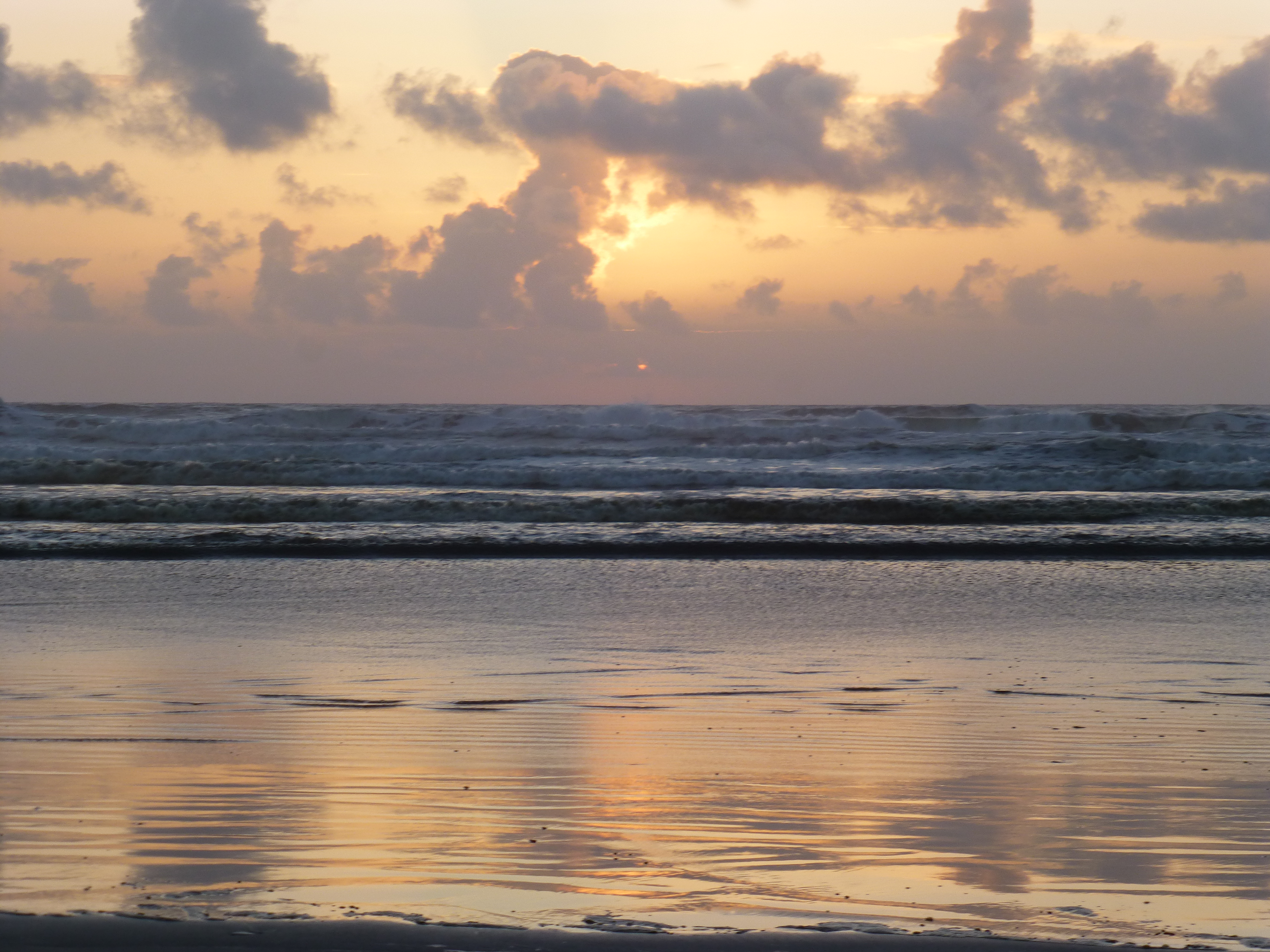










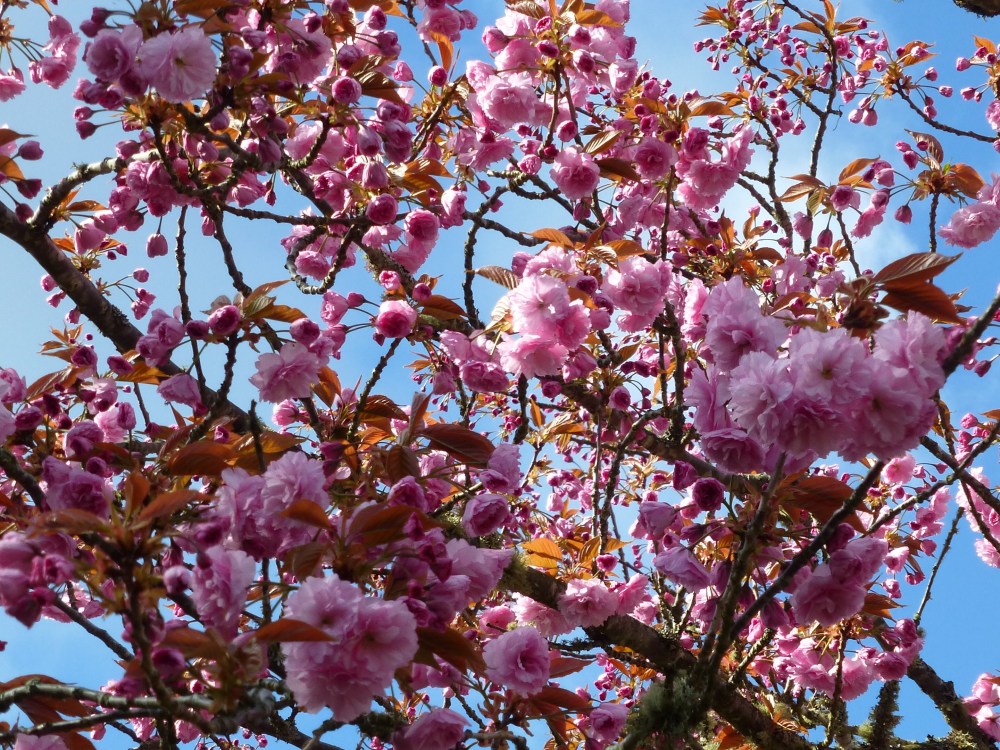




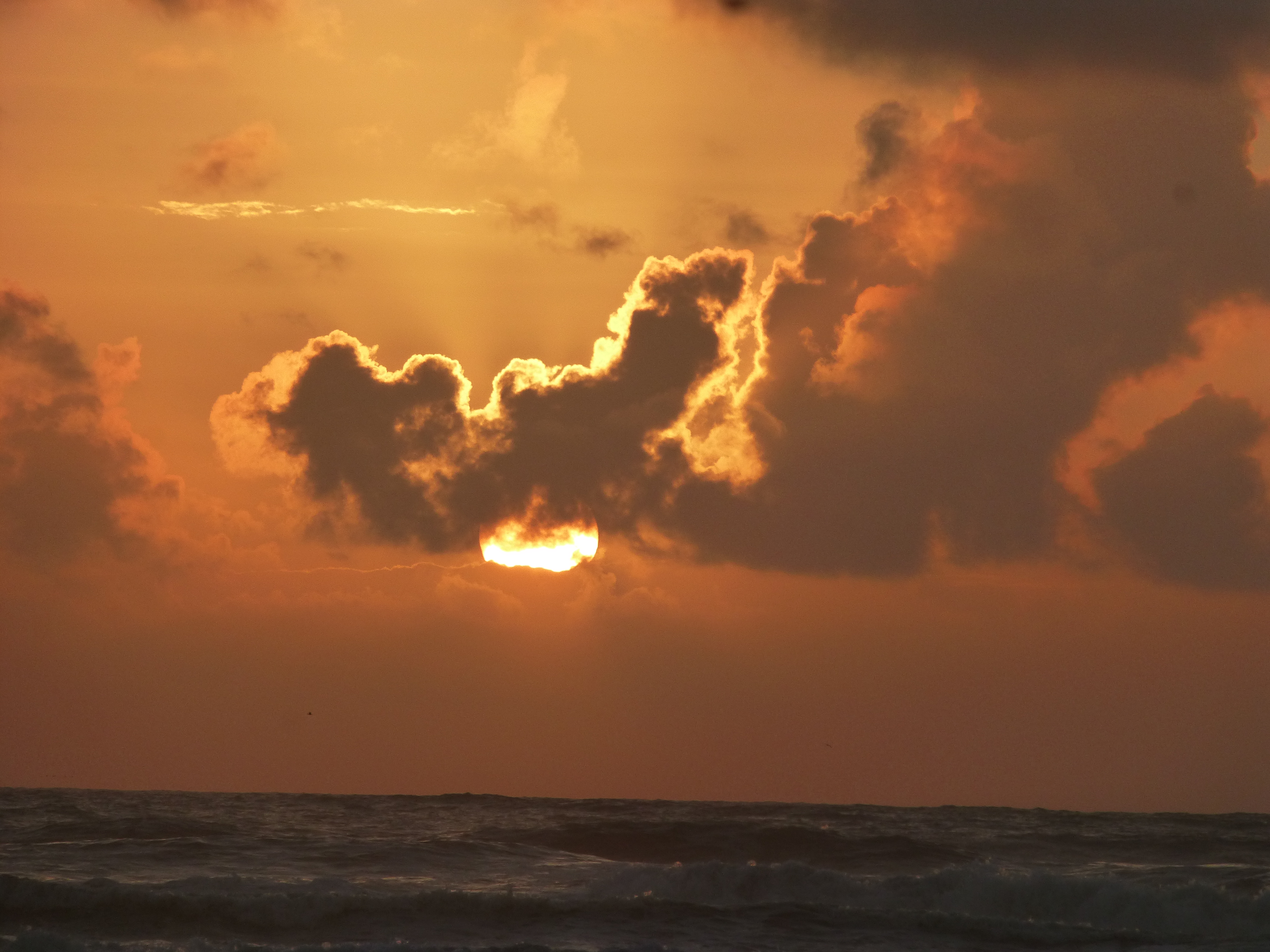




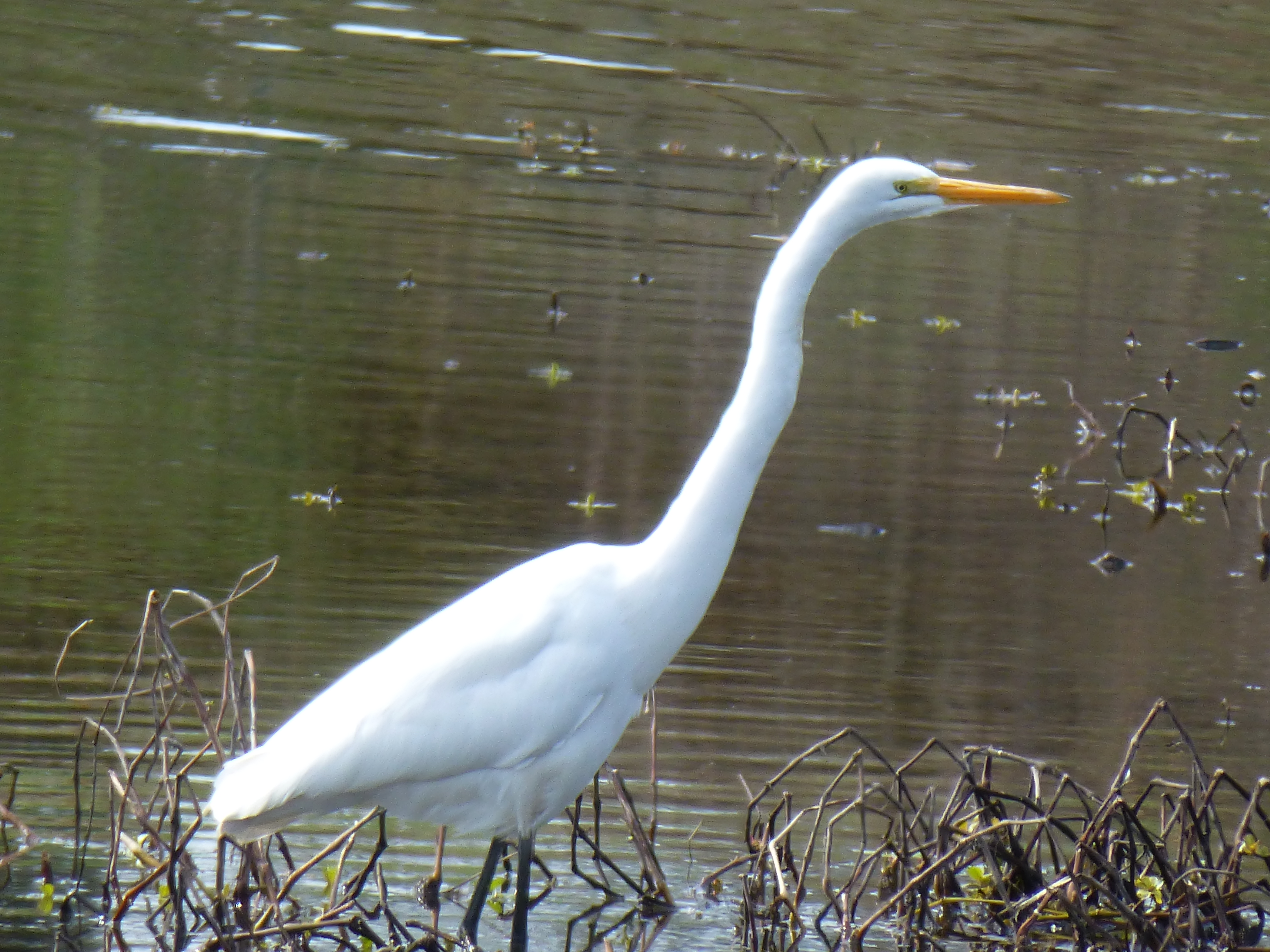









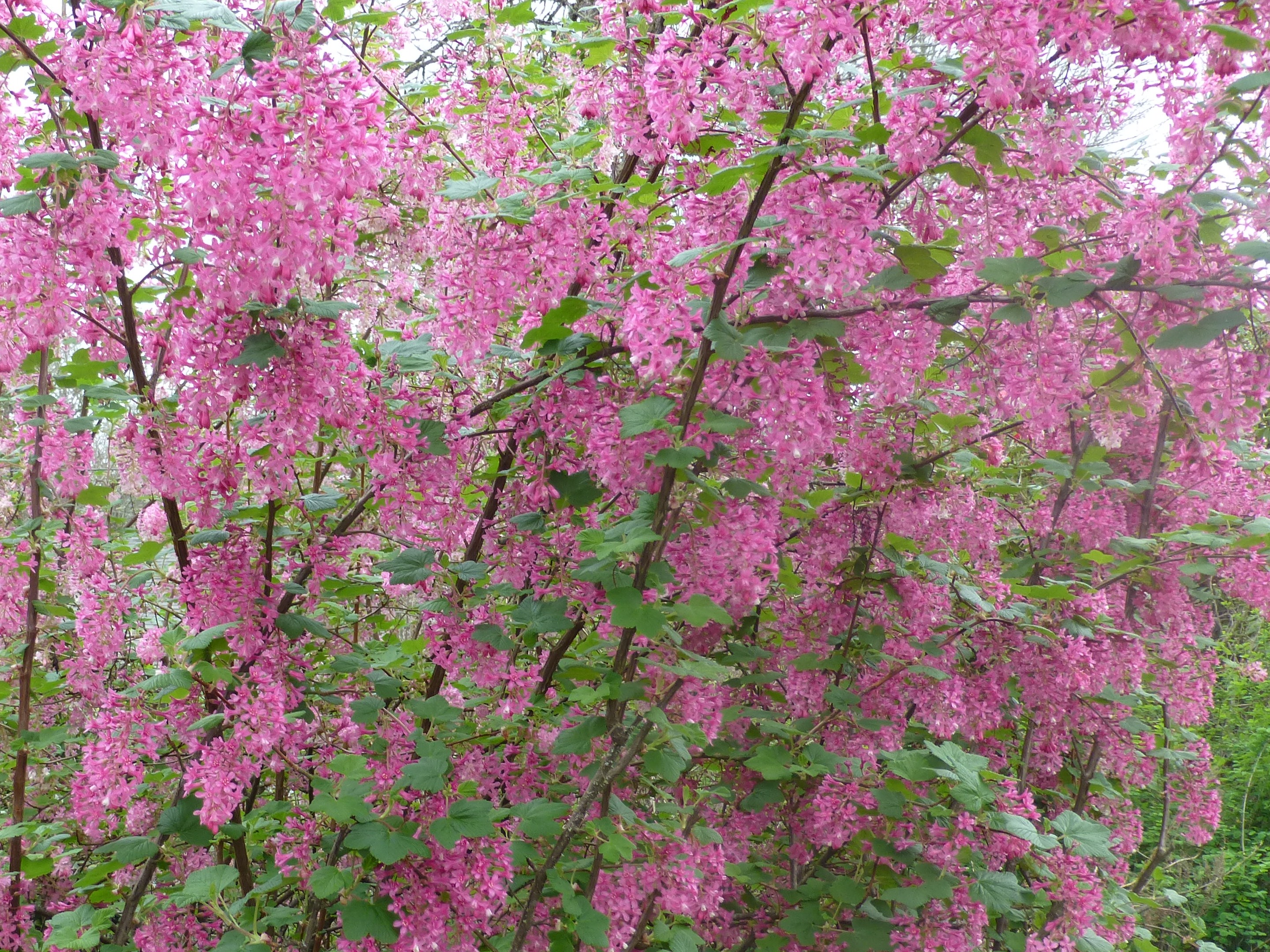


Reading this and I lament that this time of year is always my busiest–so busy I barely notice the dark until the light is halfway back. It has to do with the ending of the first semester in two of the jobs I have. With grad school as well, I go one night a week without sleep. What could I give up? Certainly not the 10 mile ride to work on my bike–quiet and alone through winter fogs where ice crystal hang like flakes in a snow globe, or the full moon with edges as crisp as the air, lighting my commute. No way.
We each have our season. Summer is my time to remember, to relax, to enjoy, to meander, reconnect, to visit family and old friends, make new ones, have adventures, watch bad movies, tell old stories, to fall asleep in odd places, yes, that’s right, I simply sleep.
I ride past several homeless people on my winter rides home–dark and faceless. One hovers over a warm sewer, just east of the treatment plant, another is always walking the bike trail–even in the cold. (Its the rain that makes me wonder where they go). Between them and the endless dash of bunnies, I look out for them, careful not to run into them, reassured that there is someone there, reassured I am not quite alone. I wonder what they are thinking. Am I bunny or person to them? Do they think that this is their season when they inherit the space? Am I trespassing on their winter peace?
Interesting how your student schedule has reversed the seasons so that you sleep in summer– I’m glad you have some time of year to make up your night a week without sleep, and still savor your daily bike ride!
Thanks for your comment.
I think we have lost a bit of our own personal connection to the seasons; especially the winter with technology and architecture working for us to achieve our desired comfort levels.
In Zimbabwe biomimicry of termite mounds was used to build a large office and shopping complex that doesn’t need an HVAC system and uses less energy consumption.
Instead we use energy to inhabit places against nature or without proper consideration to other wildlife or species because it is in our best interest. Having the seasons allows us to stay connected to Mother Nature but we are losing this connection when we want to keep ourselves out of these elements.Learning to live as part of the seasons would help us keep our connection and renew our spirits at the same time.
Thanks for sharing these thoughtful comments. I agree with you on living as part of the seasons. In a similar frame The Dark Skies Initiative addresses the health and environmental benefits of learning to live with natural cycles of light and dark and has many scientists on its side. (http://www.darksky.org/).
I think the idea of biomimicry is a great one that might be extended over technological cases to follow the patterns of the natural ecosystems on a larger level as we make our choices.
I really love the proposal of Matthew Fox and Rupert Sheldrake that “in sleep we fall back into the experience of the primal oneness of life, bridging the boundaries that separate us from one another in the light of day”. Dreams connect us with our subconscious; an entirely different realm from our everyday thinking. As you stated, they most definitely alert us to things we may ignore or to things that we may forget. The last study I read on consciousness stated that there were at least 144 levels that the human brain is capable of going into. But even anesthesiologists only submerge us down into the first ten or fifteen levels. There is so much left for human’s to explore in our subconscious yet we have gotten so far away from trusting this part of our reality.
Indigenous peoples trust their dream world for information whereas most Westerners tend to brush off nightmares or dreams as figments of their over stimulated imagination. It is interesting that such a dichotomy exists. It seems the closer one is with nature (tribal and indigenous peoples) the more they rely on and trust their dreams. The further we get out of the forests and the deeper we get into the global marketplace, the more we push aside the importance of our subconscious understandings of the world around us.
There is a wonderful book, The Art of Dreaming, by Carlos Castaneda that describes how to master dream consciousness. It also illustrates the idea of finding our human assemblage point which can be altered to shift our perceptions. His novels are based off of time spent with a Yaqui India Sorcerer. He proposes different dreaming gates in this text with the last one being where we share our dreams with others (the lucid dream exchange). Maybe modern society needs to figure out the assemblage point of our species in the world itself—not just within ourselves. If we can find the point to which we are able to alter our perceptions, maybe then can we transform our thinking to one that reflects an awareness of our roles in promoting climate change and the degradation of our natural systems. Then maybe society itself could go through a shift in awareness (or a gate as Castaneda describes) becoming lucid in the moral transgressions we have committed against our planet.
You offer some important points to ponder here, Lara.
I think part of our neglect of dreams in the modern world has to do with the current emphasis on the factual or literal worldview rather than the metaphorical one (the one in which traditional stories are framed, for instance). The former is based on control–and on a mental world divided into right/wrong, good/bad, etc.– so that if something is a “fact” that is all there is to it–and everything else can be excluded.
The metaphorical world is based on building relationships– on stating how something is connected to something else–and it is a open way of seeing our world, since saying, for instance, someone “runs like a deer” (a metaphor) does not mean there are a hundred other ways of connecting them to other lives (or even to deer).
As a chronic insomniac, I am intrigued by your article and its premise that sleep (and especially REM sleep) is essential to our health and harmony with nature. Your essay, and the comments that follow, remind me of a poem my Great Aunt Ele Lang wrote in 1968, before she passed away.. I am compelled to share it with you now…
Life’s Seasons.
Once was Spring
An inspiring effervescent awe
with all the beauty that I saw
And my heart kept beating as a drum
with promise of what was yet to come!
Suddenly was Summer
In the warmth of friendly, sunny skies,
I then began to realize
My life had set a patterned shape
from which I did not want escape!
Then Autumn’s Advent
The trees of Autumn blushed with reason
of coming Winter’s naked season.
Have I fulfilled the promises of Spring?
And what would my tomorrow bring?
Now, with Winter
Enraged cold winds cry out with fear
that Spring again shall not appear.
Is now too late and my life near through
when I have yet so much to do!
Thank you, Madronna, for making me remember my Aunt, her poem, and most of all, why I should break the cycle of insomnia in my life…
You are quite welcome, Kathryn. Thanks for sharing this with us and all best wises in getting the sleep you want.
It seems your aunt was fortunate in having you to appreciate her.
Coyote tales in indigenous North American sometimes portray Coyote as a wise transformer and other times as foolishly self-defeating, his escapades destroying himself and those around him.
I’ve heard that about Trickster tales more generally. I’ve also seen it speculated that the incarnations of Trickster most familiar to a modern US audience are Bugs Bunny and Wile E. Coyote.
Our dreams with their associative structures are here to remind us what we might otherwise forget—that we live in an interdependent world.
That only works if one remembers one’s dreams on waking. I rarely do.
We cannot escape the necessity of seasonal balance any more than we can escape our daily patterns of sleep and waking.
What of equatorial places that don’t have seasons per se? Colombia, for example.
Admittedly, it may be inconvenient to experience such melt—and the dissolution of all boundaries as the caterpillar must before it can realize its future as a butterfly.
I don’t know if ‘inconvenient’ is quite the right word. I bet the caterpillar thinks it’s dying.
I wonder if our dreams impress us in some way even if we don’t remember them–and I there are different ways to get yourself to wake up at various times of night so as to remember your dreams. Some people seem to have success setting an intention to remember their dreams before they sleep.
I’m not sure what a caterpillar thinks– though we might feel more than inconvenienced in the same situation: that is, you have a point here. I meant this to be just a bit ironic, but that might not have been clear enough.
As for seasons at the Equator: they are there in weather changes (dry and wet seasons, for instance), a point made by Jared Diamond in his latest book, The World Until Yesterday, where he is emphatic about putting to rest the idea that traditional peoples living near the Equator do indeed experience seasons. (He is focusing on food preservation activities which need to be done in season, since only certain things are ripe at certain times of year).